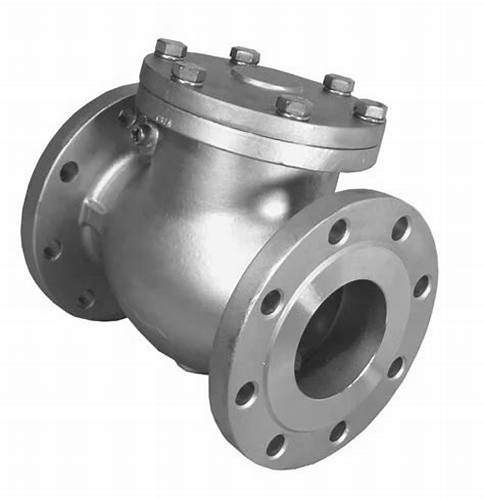check valve for sewage pump
Understanding Check Valves for Sewage Pumps Importance, Function, and Maintenance
Sewage pumps play a vital role in the effective management of wastewater in residential and industrial settings. Among the essential components of these systems is the check valve, a crucial device that ensures the efficient and safe operation of sewage pumps. This article explores the importance, function, and maintenance of check valves in sewage pumping systems.
What is a Check Valve?
A check valve, also known as a non-return valve, is designed to prevent backflow within a piping system. In the context of sewage pumps, it allows wastewater to flow in one direction—away from the pump—while preventing it from flowing back toward the pump when it is shut off. This aspect is critical because any backflow can lead to pump damage, inefficient operation, and the potential for sewage spills.
Importance of Check Valves in Sewage Pump Systems
The primary importance of check valves in sewage pumps lies in their ability to protect the pump and the overall pumping system. When a sewage pump cycles off, any remaining pressure in the discharge line can cause wastewater to flow back into the pump. This backflow can lead to several issues
1. Pump Damage Repeated backflow can cause wear and tear on the pump's internal components, leading to premature failure and costly repairs. 2. Sewage Contamination If wastewater flows back into the pump, it can cause contamination of the clean water supply and create unsanitary conditions.
3. Operational Efficiency Backflow can lead to inefficiencies in the pumping process, requiring the pump to work harder and consume more energy, increasing operational costs.
In summary, check valves are essential for maintaining the integrity and efficiency of sewage pump systems, protecting both the equipment and the environment.
Functionality of Check Valves
check valve for sewage pump

Check valves operate on a simple mechanism. They typically contain a hinged disc or ball that opens in response to the pressure of the wastewater flowing in one direction. When the pump is active, the increased pressure forces the valve open, allowing sewage to flow out. When the pump stops, gravity and the reverse pressure push the valve back into a closed position, sealing off the backflow.
There are different types of check valves available, including swing check valves, lift check valves, and ball check valves. Each type has its own advantages, and the choice often depends on specific application requirements, such as flow rate, pipe diameter, and space constraints.
Maintenance of Check Valves
To ensure the longevity and reliability of check valves in sewage pump systems, regular maintenance is essential. Here are some maintenance tips
1. Periodic Inspections Regularly inspect the check valve for any signs of wear, corrosion, or blockages that can hinder its operation.
2. Cleaning Remove any debris that may accumulate around the valve, as blockages can prevent the valve from closing properly.
3. Testing Conduct functional tests to ensure that the valve opens and closes correctly under normal operating conditions.
4. Replacement Be proactive in replacing check valves that show signs of significant wear or damage to avoid unplanned downtime and repairs.
In conclusion, check valves are a critical component in the operation of sewage pumps, ensuring their efficiency and longevity. By understanding their function and importance, and committing to regular maintenance, operators can significantly enhance the performance and reliability of their sewage pumping systems.
-
The Key to Fluid Control: Exploring the Advantages of Ball Valves in Industrial SystemsNewsJul.09,2025
-
The Versatile World of 1, 2, and 3 Piece Ball ValvesNewsJul.09,2025
-
Stainless Steel Ball Valves: The Ideal Choice for Efficient Flow ControlNewsJul.09,2025
-
Optimizing Fluid Control with Ball Float ValvesNewsJul.09,2025
-
Manual Gate Valves: Essential for Control and EfficiencyNewsJul.09,2025
-
Everything You Need to Know About Butterfly ValvesNewsJul.09,2025
-
The Versatility of Wafer Type Butterfly ValvesNewsJul.08,2025




